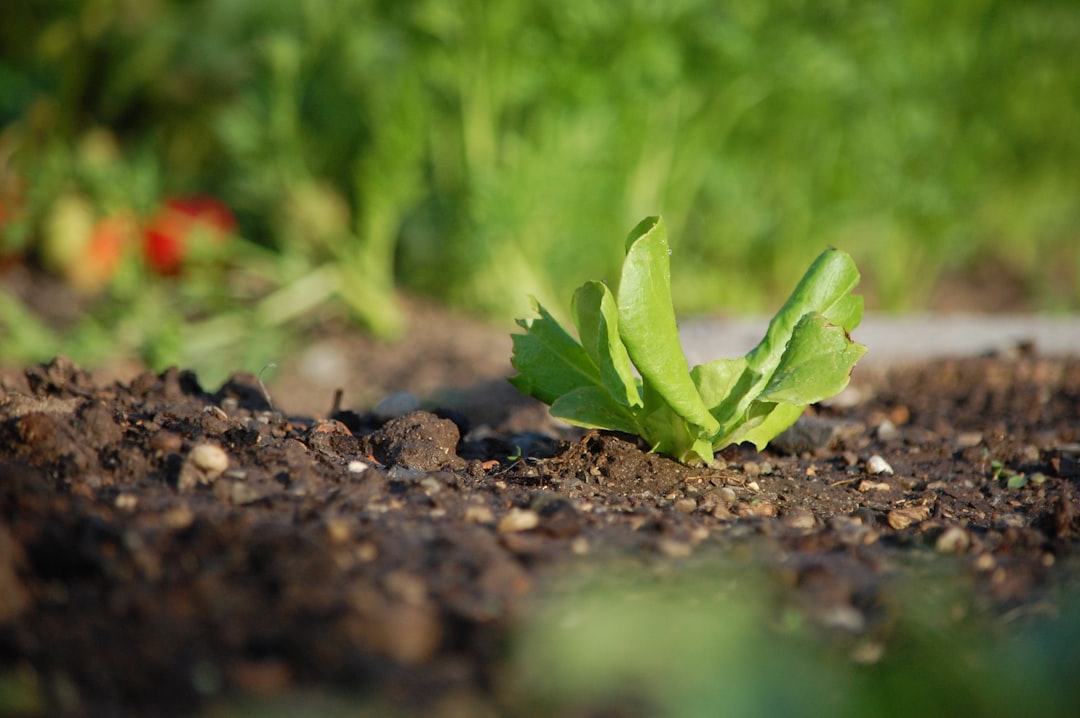Water is life for your vegetable garden, but finding the right balance between too little and too much can be tricky. Overwatering can drown your plants and lead to diseases, while underwatering can cause wilting and stunted growth. Learning how to water effectively ensures healthy plants, better yields, and a more efficient use of this precious resource. Here's a complete guide to watering your vegetable garden the right way.
1. Why Proper Watering Matters
Water is crucial for the growth and development of vegetable plants, as it:
-
Transports Nutrients: Water helps deliver essential nutrients from the soil to the plants.
-
Supports Photosynthesis: Without water, plants can’t produce the energy they need.
-
Maintains Structure: Proper hydration keeps plants upright and prevents wilting.
However, too much water can:
-
Suffocate Roots: Roots need oxygen, and overly wet soil can block air pockets.
-
Cause Rot: Waterlogged conditions encourage root rot and fungal diseases.
-
Waste Resources: Overwatering leads to unnecessary water usage and runoff.
2. How Much Water Do Vegetables Need?
Most vegetables need about 1–2 inches of water per week, depending on factors like weather, soil type, and plant variety.
-
Cool-Season Crops: Vegetables like lettuce and spinach typically need less water.
-
Fruit-Bearing Crops: Tomatoes, cucumbers, and peppers require more consistent moisture to develop their fruits.
Factors to Consider
-
Soil Type: Sandy soil drains quickly and may need more frequent watering. Clay soil retains water longer, so less frequent watering may suffice.
-
Weather: Hot, dry, or windy conditions increase water evaporation, requiring more frequent irrigation.
3. Signs of Overwatering and Underwatering
Overwatering Symptoms:
-
Yellowing leaves.
-
Wilting despite the soil being wet.
-
Mold or algae on the soil surface.
-
Root rot or a sour smell in the soil.
Underwatering Symptoms:
-
Wilting leaves that perk up after watering.
-
Brown or crispy leaf edges.
-
Slow growth or smaller-than-expected produce.
4. Best Practices for Watering Your Vegetable Garden
A. Watering Depth
-
Aim for deep watering, soaking the soil 6–8 inches deep to encourage deep root growth.
-
Avoid shallow watering, which leads to surface roots that are more vulnerable to drought.
B. Timing Matters
-
Morning Watering: The best time to water is early in the morning, allowing plants to absorb moisture before the heat of the day.
-
Avoid Evening Watering: Wet leaves overnight can encourage fungal diseases.
C. Water the Soil, Not the Leaves
-
Use a watering can or a drip irrigation system to direct water at the base of the plants. Wet leaves can lead to diseases like blight or powdery mildew.
D. Mulch to Retain Moisture
-
Add a layer of mulch (straw, wood chips, or grass clippings) around your plants to reduce evaporation and keep the soil cool.
E. Monitor Rainfall
-
Use a rain gauge to track natural precipitation and adjust your watering schedule accordingly.
5. Irrigation Methods
A. Hand Watering
-
Best for small gardens or container plants.
-
Use a watering can with a spout or a hose with a gentle nozzle.
B. Drip Irrigation
-
Delivers water directly to the base of plants.
-
Reduces water waste and minimizes the risk of fungal diseases.
C. Soaker Hoses
-
A budget-friendly alternative to drip irrigation.
-
Slowly releases water into the soil.
D. Sprinklers
-
Suitable for large gardens but less efficient due to water evaporation and potential wetting of leaves.
6. Adapting Watering Practices to Different Stages of Growth
-
Seedlings: Require consistent moisture to germinate but should not be waterlogged.
-
Established Plants: Need deeper, less frequent watering to encourage strong roots.
-
Fruit-Setting Stage: Consistent watering is crucial to prevent issues like blossom-end rot in tomatoes and squash.
7. Tips for Sustainable Watering
-
Harvest Rainwater: Set up rain barrels to collect water for your garden.
-
Use Greywater: Reuse water from sinks or showers (without harmful chemicals) for irrigation.
-
Group Plants by Water Needs: Place plants with similar water requirements together for efficient watering.
8. Common Watering Mistakes to Avoid
-
Watering too frequently, leading to soggy soil.
-
Using high-pressure hoses that disturb the soil or damage young plants.
-
Neglecting to adjust watering during rainy or dry periods.
Final Thoughts
Watering your vegetable garden effectively doesn’t have to be complicated. By observing your plants, monitoring the soil, and adjusting for weather conditions, you can ensure your garden thrives. Remember, the key is consistency and balance—just enough water to keep your plants healthy and productive without wasting this valuable resource.
How do you water your vegetable garden? Share your tips and experiences in the comments below!

Comments
No comments yet. Be the first to comment!
You must be logged in to comment. Login